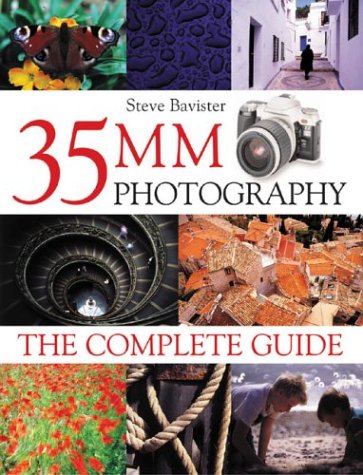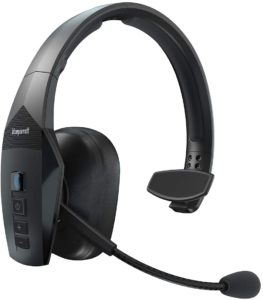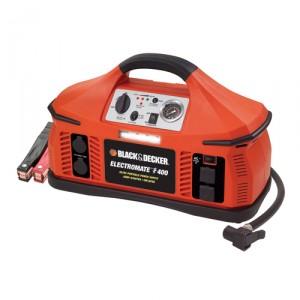 I picked up this book when I bought my first SLR camera — the Canon Rebel K2 — about 3 years ago. Being new to the SLR world, I was looking for a book that explained some of the basics of what you can do with an SLR.
I picked up this book when I bought my first SLR camera — the Canon Rebel K2 — about 3 years ago. Being new to the SLR world, I was looking for a book that explained some of the basics of what you can do with an SLR.
Eager to explore my new SLR, I settled down comfortably on a couch with my camera and this book. I had only flipped pages for a couple of minutes before I was deeply engrossed in the book. It felt like it was written for me. Here is an overview of the some of the sections in the book.
Why 35mm?
The book starts with an explanation of what 35mm format means, followed by some interesting historical account of early cameras, covering the first commercial 35mm camera, Leica 1 (1925), and some recent ones like the Nikon F5.
Choosing a 35mm Camera
It quickly moves on to what a modern SLR camera looks like, its features and what you can do with it. It talks about what you should look for when you are selecting an SLR camera. If you are interested in a 35mm compact camera specialist cameras, you can find some tips on what to expect. And then there are some specialist 35mm cameras: panoramics and rangefinders — learn what you can do with them. Are single-use cameras any good? What do modern 35mm DSLRs have? Are they as good as film cameras?
Using a 35mm Camera
You learn about basic photography terms and techniques in this section. This includes focusing, exposure and exposure modes, shutter speed, aperture, metering and so on. There are many interesting pictures to illustrate the concepts and methods related to auto-focus (AF), manual focus, single-shot AF, servo AF, follow focusing, tracking, depth of field, etc. What are Picture Program Modes for portraits, landscape and close-ups? How does action mode work? How do you take pictures at night? You will be exposed to all this in this section (pun intended).
Choosing and Using Lenses
What’s the big deal about lenses? Why do you need so many different kinds? One of the best features of an SLR is its capability to take many types of lenses. In this section, you learn about lens terms: angle of view, focal length, aperture, distortion, aberration, and so on. Find out what you can do with different types of lenses: Apos, wide-angle and telephoto. Should you buy a marque or independent lens? How much should you pay? How do you handle your lens? Find answers to all these and more.
Film and Accessories
This section is all about the equipment: types of films, film speeds, types of light, flash guns and many other things. You will also learn about flash techniques, ways to take close-ups, and many types of filters. What kind of supports work best? You will find a few tips on choosing and using tripods.
Techniques
This is one of the most interesting sections of the book. It is filled with great examples that highlight the importance of composition, focal points, shapes, colors, viewpoints, and all such stuff that photographers are constantly thinking about. How does light affect your picture? How do you set-up lighting for portraits? How do you make a portrait interesting? What makes candid shots appealing? What can you do with landscapes, animals and birds? How do you pick your film for your holiday travel? How do you create the effect of movement? There is enough stuff in this section to make you keep coming back to this book.
Creative Projects
Many hobbyists often reach a point where they ask themselves, “Okay, I have tried taking all kinds of pictures. What else can I do?” This section has some interesting ideas for you to try. Create a photo essay, experiment with patterns, play with the lighting, or may be multiple exposures. Do you know now to take pictures off a television? There are quite a few things to keep you busy for a while.
Processing and Printing
Want to try your hand and developing your own pictures? You can set up a basic darkroom in a spare bedroom, garage or the basement. This section gives you some pointers on what you need. While not a detailed manual on this topic, it covers all the essentials to help you decide if you really want to try this.
Digital Imaging
Do you have a lot of prints of your film pictures and want to digitize them? Want to play with digitized pictures and try some special effects? This section walks you through the steps and gives you good tips on how to enhances pictures digitally and what are some editing tricks that you can use to create interesting pictures.
Selling and Storing Images
Have you dreamed of earning some cash from your hobby? You are not alone. Almost everyone who is passionate about photography would like to their work put to some use. In this section, you learn about some possible ways in which you could promote your work: photo magazines, greeting cards, calendars, libraries, events such as weddings, and so on. Photography is an art where presentation makes a big difference and you get some ideas for this, as well as how to preserve your pictures, negatives and slides.
Fault Finder
What’s the frequently asked question in photography? “What went wrong?” With some really good examples, the author illustrates typical problems related to lack of focus, camera shake, under/over-exposure, tungsten lighting, red-eyes, etc. The example pictures make is quite easy to see what is described.
Summing It Up
I have been using my SLR for a few years now, and have recently graduated to a DSLR, but I still refer to this book often to refresh my memories on some of the techniques discussed in this book. I gave a copy of this book as a farewell gift to one of my friends who had just bought a Canon S2 IS and was very interested in photography. He too found this book very educative and was soon inspired to by a Canon DSLR! Priced at around $19.99, this book is a steal for anyone who is looking for a hands-on guide to get started with serious photography.





























[…] in one chapter in this book that may answer some of your questions: http://blog.technicalley.com/index.php/book-review-35mm-photography-the-complete-guide-by-steve-bavi…References : […]
[…] in one chapter in this book that may answer some of your questions: http://blog.technicalley.com/index.php/book-review-35mm-photography-the-complete-guide-by-steve-bavi…References : […]